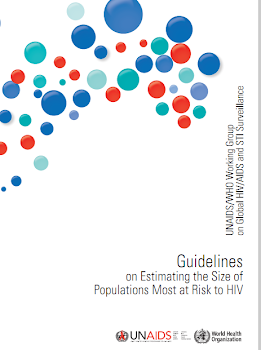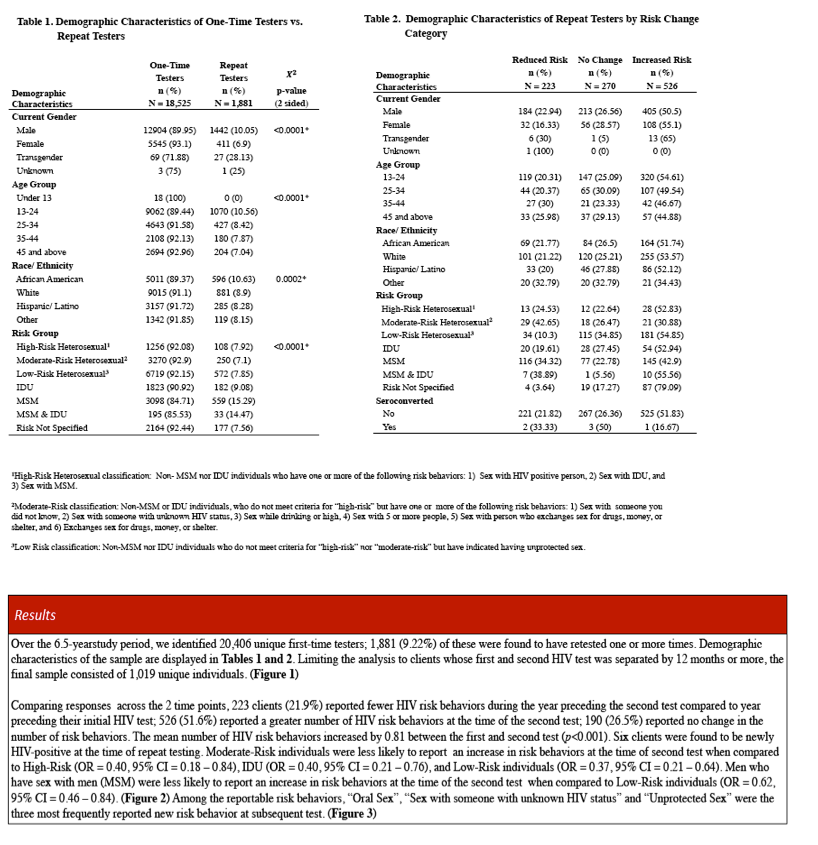

HIV cannot survive long outside the body, so it does not transmit via surfaces.Īdditionally, the risks of contracting the virus through other methods of exposure, such as biting, scratching, and thrown bodily fluids, are either very small or nonexistent.

sexual activities that do not involve fluid exchange, such as touching.eating food that someone with HIV has handled or prepared.

shaking hands, hugging, or closed-mouth kissing.insect bites, including those from mosquitoes and ticks.However, this is less common due to modern preventive measures and treatments.Īccording to the Centers for Disease Control and Prevention (CDC), HIV cannot transmit through: HIV can transmit to a baby during pregnancy, birth, or breastfeeding. If blood containing HIV comes into direct contact with another person’s bloodstream, such as through an injection with a shared needle, this is very likely to transmit the virus. For transmission to occur, the fluid must come into contact with damaged tissue, the bloodstream, or mucous membranes, such as those in the genitals, rectum, or mouth. However, HIV does not pass on through all contact with fluids carrying the virus. HIV can only transmit through certain body fluids:īlood can carry more of the virus than other bodily fluids, so the greatest likelihood of transmission involves exposure to blood containing the virus. To learn more, read the HIVinfo Pre-Exposure Prophylaxis (PrEP) fact sheet.In most cases, people contract HIV through anal or vaginal sex or through sharing drug injection equipment, such as needles or syringes. PrEP involves taking a specific HIV medicine every day to reduce the risk of getting HIV through sex or injection drug use. PrEP is an HIV prevention option for people who do not have HIV but who are at risk of getting HIV. Your partner can take medicine to prevent getting HIV, which is called pre-exposure prophylaxis (PrEP). If your viral load is not undetectable-or does not stay undetectable-you can still protect your partner from HIV by using condoms and choosing less risky sexual behaviors. People with HIV who maintain an undetectable viral load have effectively no risk of transmitting HIV to their HIV-negative partner through sex. An undetectable viral load means that the level of HIV in the blood is too low to be detected by a viral load test. One of the goals of ART is to reduce a person's viral load to an undetectable level. Treatment with HIV medicines (called antiretroviral therapy or ART) helps people with HIV live longer, healthier lives. To prevent STDs, including HIV, choose less risky sexual behaviors and use condoms correctly every time you have sex.Having HIV and another STD may increase the risk of HIV transmission. For example, an STD can cause a sore or a break in the skin, which can make it easier for HIV to enter the body. Having an STD can make it easier to get HIV.Other examples of STDs are chlamydia, gonorrhea, human papillomavirus (HPV) infection, and syphilis. HIV is a sexually transmitted infection, but it can progress to a disease called acquired immunodeficiency syndrome (AIDS) when HIV infection is untreated.When untreated, an STI can become a disease. Many health care providers use the term “infection” instead of “disease”, because a person with an infection may have no symptoms but still require treatment.Sexually transmitted diseases (STDs), also called sexually transmitted infections (STIs), are infections that spread from person to person through sexual activity, including anal, vaginal, or oral sex.


 0 kommentar(er)
0 kommentar(er)
